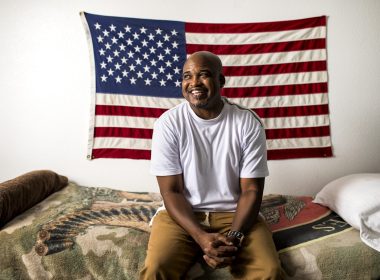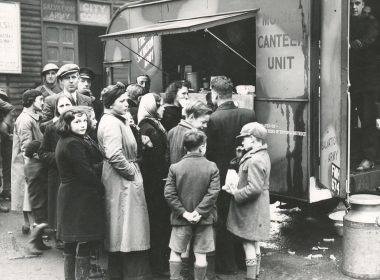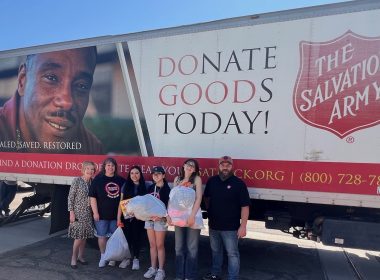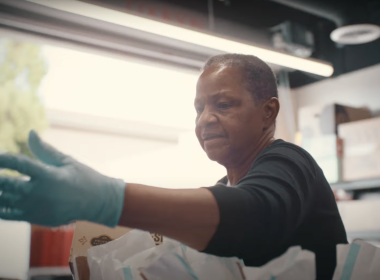by Major William Mulch
Say the word “camp” and most people think of an outdoor summer camp. It may come as a surprise, therefore, that the first camp in Arizona, known as the “Salvation Army Camp,” was not a camp in today’s sense of the word. Nor was it owned, operated or supported by–or even known to–The Salvation Army.
It was founded in a time when small settlements which centered around a specific activity, place or idea may have been referred to as a camp. Sunnyside, a.k.a. the Salvation Army Camp, was such a place. This community seemed to center around a communal lifestyle and a community operated sawmill.
Sunnyside was founded in the late 1880s by a man named Samuel Donnelley, according to Ghost Towns and Historical Haunts in Arizona (used by permission of Golden West Publishers, 4113 N. Longview, Phoenix, AZ 85014). Donnel-ley is said to have been converted in a Salvation Army meeting in San Francisco. At the time the above mentioned book was printed, a resident who had lived in Sunnyside at the turn of the century recalled his perception of Donnelley: as a school boy he remembered Donnelley as not having too much education, but impressing all his hearers as being a spirit-filled man. They knew the Lord was his teacher. His community was known as interdenominational and the residents were “Bible-gleaning Christians.” There was no other information readily available about the founder of this unique “camp.”
This writer first learned the approximate location of the camp from the non-scale map in the “Ghost Town” book. It took some four-wheel drive searching before finally finding the site. With care, one can drive a car to within 200 yards of Sunnyside a.k.a. Salvation Army Camp.
There are only about eight buildings left from the Sunnyside era. It was reported that some 50 families were a part of the town that had a communal living form of existence. There was a community kitchen/dining hall, bakery and wash house (laundry) as part of the communal living plan. The homes had no kitchens, as everyone ate at the dining hall. Today, the ghost town can be reached from the southwest by easily passable roads, then it was reached by burro after leaving the wagons at the top of Garden Canyon. There seemed to have been a community run sawmill and earning ability with men working in nearby mines and cutting hay on contract for Fort Huachuca. Their draft horses were used for railroad grading. Non-contributors were invited to be non-residents. Since there was no post office to record a closing date as the demise of the ‘camp,’ one can only surmise the time of its closure. Perhaps the lack of freight and mine work may have been a major factor.
A word of caution: don’t just jump into the family car and go looking. Prepare yourself with water, supplies and survival supplies. Most canyons have no cell phone transmission because of the terrain, but a nearby hilltop could allow a cell phone to save your life.










